Rožná Mine, Czech Republic - the last uranium mine in the EU
Rožná Mine was the European Union's last operating uranium mine. Although the mine is located in Dolní Rožínka, its underground span reaches under several other localities. Being one of the last European ore mines, the Rožná was a great place to see a classic example of underground mining.
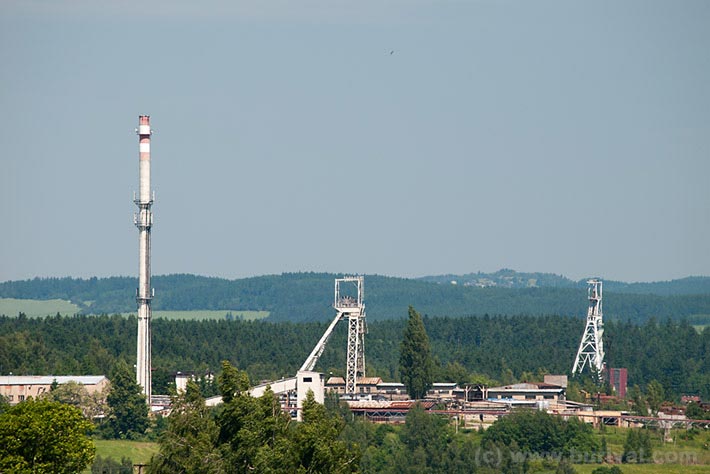
Some numbers
The Rožná mine was operating under various names from 1957 to 2017. During this period the mine produced 19,500 t of uranium (20% of total Czech production). In communism era the yearly production from all Rožná mines was about 400-450 t and in 90. the severely reduced mine still produced 300-350 t of uranium per year. Total mining production is over 16.3 millions of tonnes of ore with average 0.119% of uranium.
Underground includes 6.7 km of main shafts, over 500 km of adits and more then 100 km of vertical mining chimneys. The mine has 24. levels and the total depth is 1200 m from surface. During its history the Rožná mine employed over 30,000 people and the staff went from 4,000 employees in communism era to around 1,000 employees at the end of its mining days.
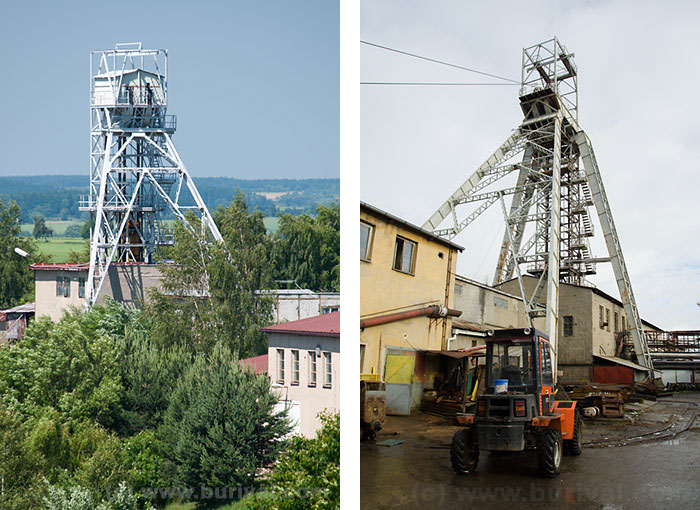
The beginning
The first signs of uranium ores were discovered as radiometric anomalies in 1954. After a short but intensive period of exploration, the construction of the first shaft R1 was started in 1957. In 1958, Rožná became an independent state company, and in 1959 the ore field in the vicinity of the Olší village became a separate mine.
In 1963, the Rožná mine itself was split into 2 units - Rožná I and Rožná II. By then there was total of 71 km of adits and 11 km of various shafts, and the mine produced over 580,000 tonnes of uranium ore - the most productive the mine would ever be.
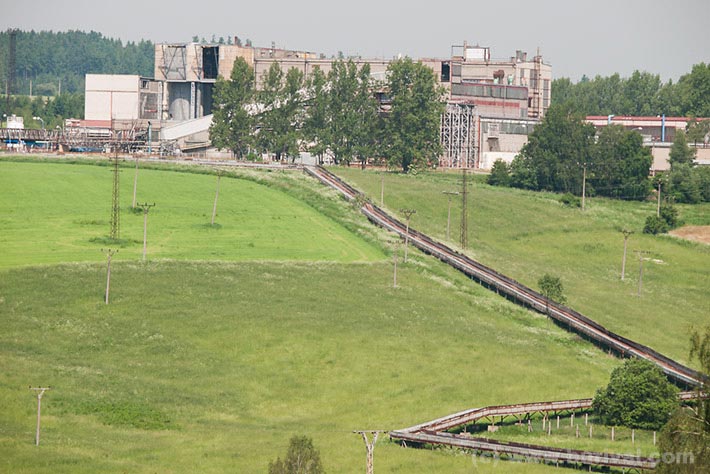
Good years
After this rocket start, the Rožná mines continued producing steadily. Mine development continued, with the construction of many new shafts and adits, as well as continuous modernization. In 1970, after the R1 shaft reached the 12th mining level, it was decided that a new shaft designated R7S - which could be constructed faster and more cheaply - be built from the 12th level to the 24th.
Utilizing the R3 Jasan (formerly the Rožná II mine) as the main mining shaft must have seemed like a good idea at the time, but it later became evident that this had been a costly mistake, both financially and in terms time spent transporting the ore. Despite this, the steady evolution and mining continued until 1987 when uranium mining was curtailed.
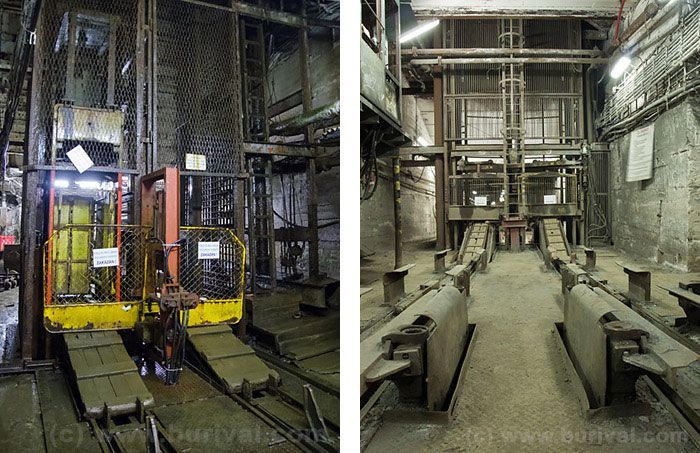
The unwanted mine
The early 90s. were a disaster for the mining industry in the Czech Republic. After fall of communism, many state owned mines were privatized and a fair number of those were subsequently closed. Many were sold for next to nothing or closed for various political reasons.
For those who had lived during the communist era, uranium mines in particular were an unpleasant reminder of those days, rendering them extremely unpopular. Additionally, the closed mines became an economic or environmental problem. This era left the entire state economy scarred, and some 20 or so years later we are still paying for it.
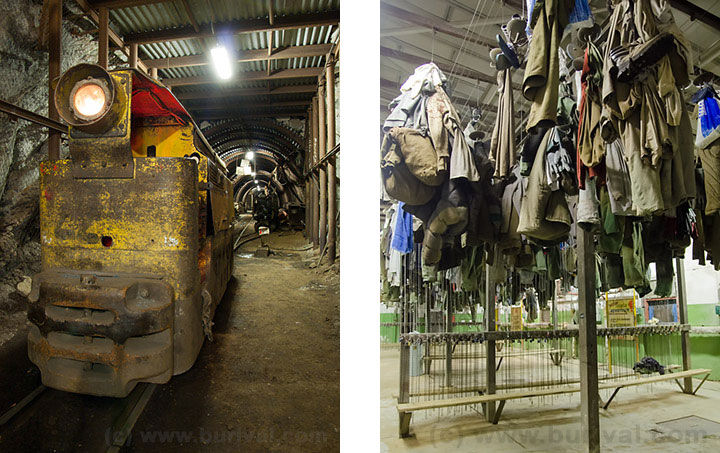
Casualities of this period were many: the nearby independent mine in Olší was closed down completely. The Rožná mine was luckier: production remained more than adequate, and despite tremendous pressure to shut it down, the mine was only reduced to smaller size and changed over to selective mining.
In 1995 came stupidest idea yet: the decision to shut down the Rožná II mine. Rožná I and II were still connected underground and via most modern part of the mine: the off-centered shaft R3, but the R3 was also shut down and later served only as an emergency exit. The operating portion of the mine used the very old R1 shaft and its more outdated system of transportation.
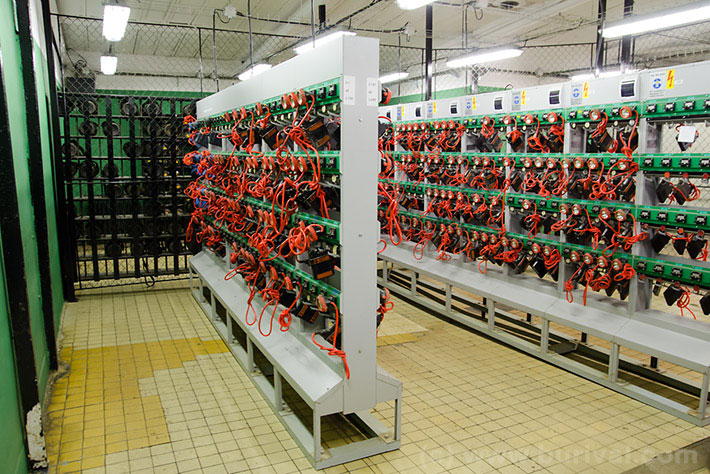
And here is where the 1970 decision to build the blind R7S shaft backfired completely: instead of the more efficient pre-1991 arrangement, carts had to be hauled from the mining site on levels 22.-24. to the R7S shaft, and taken up to the 12th level. From there, they had to be transported 2 km to shaft R1, and from there to the surface. This effectively crippled both the speed at which ore can be mined and production once it was on the surface. Unfortunately, there was no way back later: use of the R3 was impossible because of the different technology employed there.
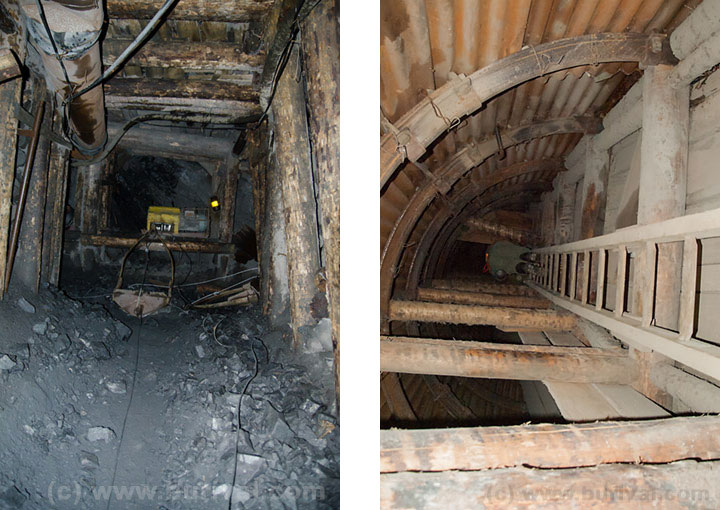
The 1990s also ushered in an era when investment into further exploration, modernization and growth of Rožná mine was almost nonexistent, and the situation has not improved. More than once, the mine has been on the verge of shutting down.
Additionally, as it has remained under the ownership of the state, all profits from Rožná mine are funneled into either the reclamation of other mining sites or directly into the state budget, effectively preventing any serious investment into mine development or exploration.

The future of the mine was especially uncertain between 1997-2007; then the mine remained open until the ore extraction become finally unprofitable in 2017.
The mining period of Rožná came to an end. However, only the lower parts will be flooded until the 13. level. Most of the upper levels above 12. level are closed and sealed, only necessary maintenance, ventilation and pumping service are kept there.
The 12. level serves as the main service level with most infrastructure and connecting the main shafts. The mine is not producing anymore but it serves as a testing underground laboratory for nuclear waste repository.
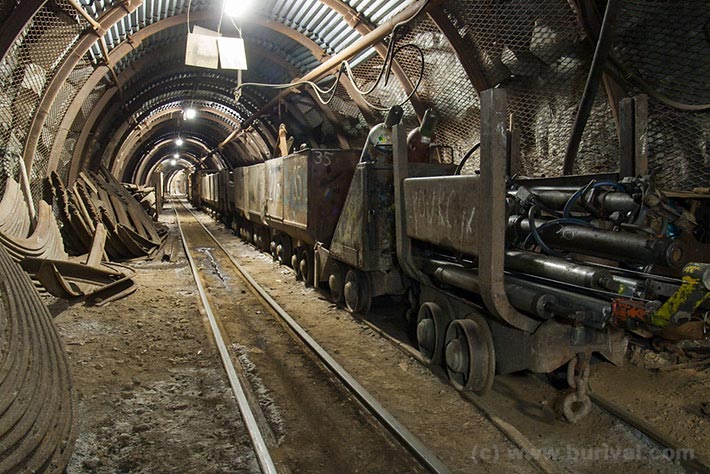
The ore processing plant
The mine has its own processing plant producing ammonium diuranate. The plant was built in late 50s and its planned lifespan was 8-10 years. After several patches and bypasses it still works. The processing facility is also responsible for managing settling pond and water treatment. Despite very old uranium processing technology, the water cleaning facilities are modern and highly effective. The processing plant is the last one in the whole country and processes also all the wastewaters from the cleaning facilities at closed uranium mines.

Geology of the deposit
The whole area belongs to Strážek unit. The main rocks are cordierite-biotite or amphibole-biotite gneisses, often heavily migmatized. These rocks form a huge Rožínka-Olší N-S anticline and the adjacent Rozsochy (the location of the Rožná mine) and Olší (the former location of the be Olší mine) synclines . The gneisses contain abundant smaller bodies, veins and lenses of amphibolites, marbles, erlans, quartzites, serpentinites and pyroxenites. Also some small syenite and granite intrusions are present.
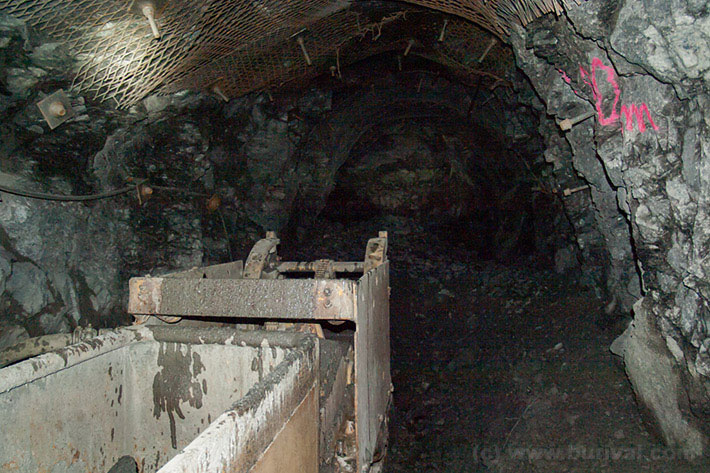
Mineralogy
There were several stages of mineralization: to keep it simple, we will consider three major periods. The first are quartz-sulfide and carbonate-sulfide formations. The main minerals from this stage include quartz, calcite, siderite, ankerite, pyrite and, less commonly, sphalerite, galena and others. Pre-uranium minerals are probably of prevariscan age.
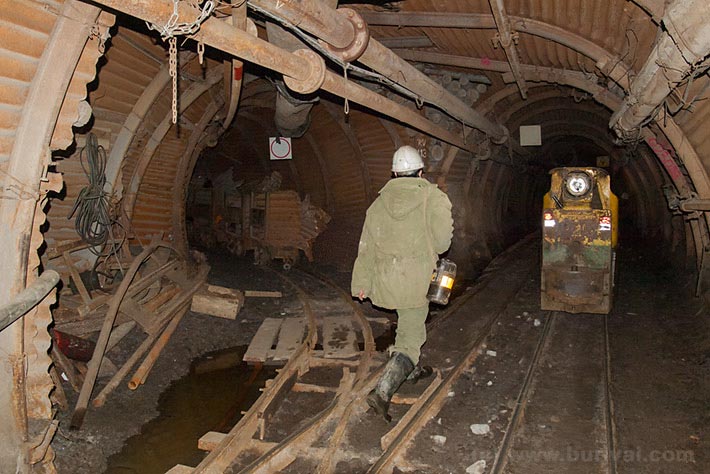
The uranium mineralization itself is connected to the huge N-S mylonite zone, in which it forms impregnation or zones within metamorphic or granitic rocks. Most of the uranium precipitated directly inside the fault zone and perpendicular shears. Heavily altered porous rocks around this fault zone also contain a significant amount of uranium minerals. The uranium ores are represented mostly by uraninite, antraxolite and brannerite. Less common is coffinite and in deep parts of the deposits also U-rich zircons or U-Zr silicates are present. Very interesting were selenides, which were unfortunately found in already abandoned parts of the mine. Most of the uranium ores are variscan but some parts were remobilised at least once.

The post-uranium mineralization is triassic in age, and includes an abundance of calcite, quartz and various sulfides like pyrite, chalcopyrite, chalcotite, arsenopyrite, sphalerite and galena. Collectors might also find zeolites like harmotome.
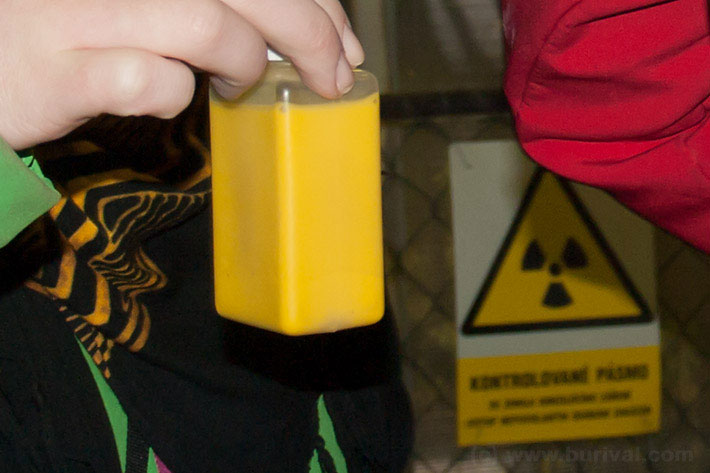
Generally, the Rožná deposit is not a very nice locality for collectors. Most uranium ores are just microscopic impregnations: veins with crystal pockets are very rare. The better shallow parts of the mine are long abandoned and deeper parts lack interesting minerals.
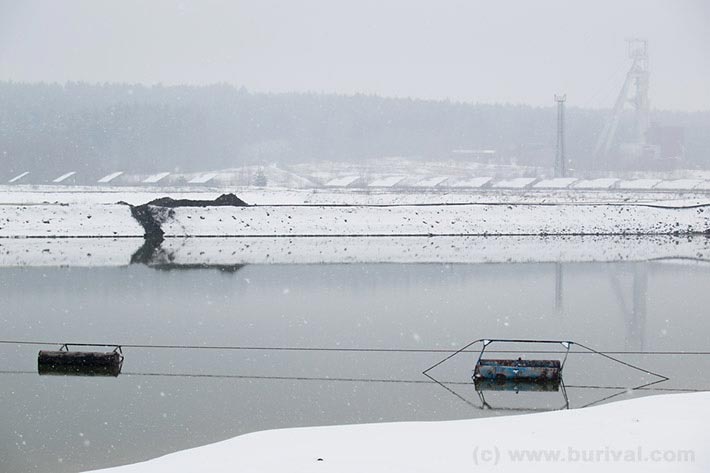





Comments